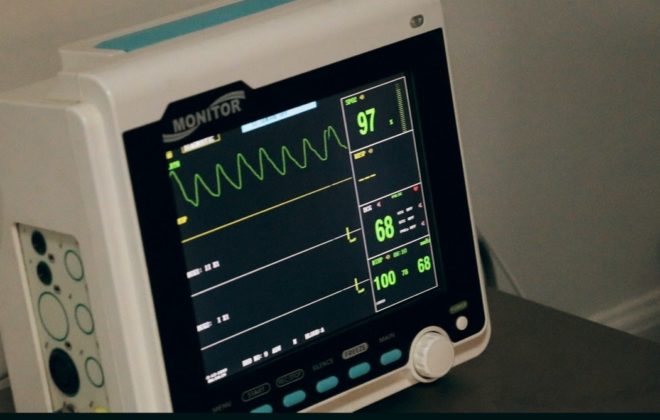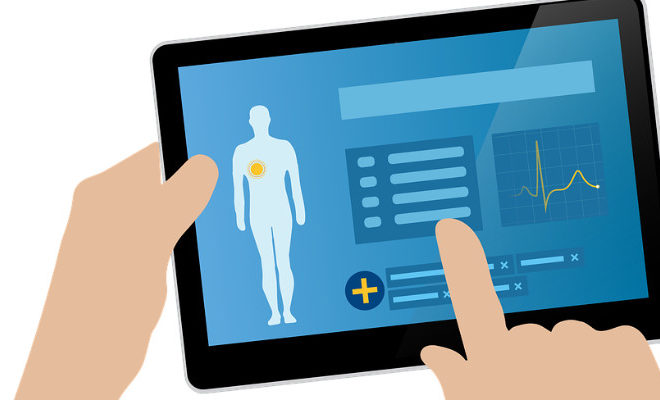What Does the Business Administration at A Hospital Care About?
The healthcare industry has seen a sea of change in the last couple of years: from being autonomous to becoming automated, clinician-centric to patient-centric, disjointed to coordinated, reactive to proactive, retrospective to predictive and siloed to aware – if there is one industry which has undergone a complete transformation, it is undoubtedly healthcare.
In this modern era, enhancing patient satisfaction requires business administrators to balance resources with demand, optimize workflows, mitigate waste, contain costs, and facilitate collaboration across the healthcare organization.
While there is a lot that goes on on a day-to-day basis, here are 7 aspects that healthcare administrators truly care about:
Workforce Management
The growing physician and nurse shortage and the increasingly competitive healthcare industry has made it challenging to attract and retain qualified personnel. With doctor shortage expected to reach 120,000 by the end of 2030, handling the increasingly elderly population has become extremely difficult, if not impossible.
This is why optimizing workforce management for high-value care has become a top priority for the business administration at any hospital. Creating acomprehensive, sustainable healthcare workforce management strategy is a great way to modernize the process of recruiting and lower turnover.Investing in high-quality clinicians and staff can help deliver the highest value care to patients while improving staff productivity and reducing costs.
Real-time Healthcare Costing
To maximize the ability to provide high-quality care at a lower cost, healthcare organizations need to understand the cost of healthcare delivery. This also lays the foundation for making informed resource allocation decisions that have a direct impact on patient care and health outcomes. Since traditional costing approaches only measure costs at the departmental level through top-down allocation procedures, they do not provide accurate patient-level cost information and are not based on service delivery processes.
Business administration at hospital care centers today need to adopt a real-time healthcare costing approach that takes the patient, and not a clinical department, as the unit of analysis. Such an approach enables administrators to understand the total costs of all the resources used for patient care – including the variation in time from one patient to the next and cost of specific personnel, equipment, and supplies at each step of the care cycle.
Crisis and Incident Management
The challenges faced by clinicians when confronted with a crisis are not just many, but also daunting.
In a healthcare setup, a crisis can arise due to several reasons: excessive workload, the dearth of skilled assistance, lack of information about recently introduced processes and equipment, a constantly evolving problem, the pressure of time – among others.
When crisis strikes, clinicians are bound to experience anxiety that can result in performance degradation and cause the care quality to plummet. Crisis and incident management is another aspect that business administrators truly care about. Effective management of crises requires caregivers to undergo formal training in inter-departmental groups who need to function as a team. As the pace of medical advances quickens, real-time collection of and access to information about things that can go wrong is critical to ensure crises are handled in the most timely and effective manner. Since crisis often strikes without warning, communication is key; it is important to hope for the best but prepare for the worst.
Real-time Physician Documentation Improvement and Alerts
Although in theory, the real job of caregivers is to drive all efforts in improving patient care, in reality, a lot of time is wasted in the documentation.
Documentation rework is one of the biggest reasons for burnout – that leads to an exponential rise in medical errors, and increased costs. Real-time physician documentation improvement is a top priority for business administrators to ensure quality care as well as compliance.
Modern documentation solutions capture complete and more accurate information at the point of care, allowing physicians to focus on what matters most – their patients. By identifying undocumented and unspecified diagnoses based on clinical evidence, doctors can better capture the true severity of each medical condition and take decisions that positively impact treatment and outcomes.
Predictive Enterprise Financial Management Analytics
Although healthcare organizations are investing significant resources and time in financial planning, the process is complex and fraught with inefficiencies and a lack of transparency.
When financial results fall short of expectations, determining the root cause is a challenge. Business administrators often spend a lot of time assessing the accuracy and transparency of financial forecasts, and how well they are integrated to the overall planning process.
Predictive enterprise finance management analytics can help the stakeholders enhance the planning process and create more comprehensive financial plans that are aligned with the strategic and operational objectives of the hospital. Using analytics, healthcare organizations can better anticipate, analyze, and respond to changes in financial performance, improve speed and accuracy of financial reporting, and deliver a value-driven patient experience.
Predictive Patient Liability Determination and Payment Plan Automation
As healthcare costs rise to an all-time high, many countries see insurers taking a good proportion of the costs on their shoulders. However, in many others, a high proportion of payments are directly collected from the patient, and not the insurer.
With patients being billed for costs that are sizable and those they are not expecting; predictive patient liability determination has become extremely important. In order to accurately determine patient liability, providers need to embrace automation solutions to accurately collect patient liabilities while simultaneously improving patient satisfaction.
Predictive patient liability determination and payment plan automation offers end-to-end visibility into what happens behind the scenes when patients get admitted to a hospital; such visibility ensures there are no loopholes in determining liability and that patients are charged accurately.
Value-based Performance Management Analytics
Although most healthcare organizations today collect data surrounding performance, it is often seen as being too subjective or incomplete to be useful. Therefore, many healthcare administrators are looking at value-based performance management analytics to gain insights, foresight, and inferences from the treasure chest of raw transactional data.
Such analytics can not only help healthcare organizations improve processes, but also reduce care cycle times, and improve enterprise risk management. Value-based performance management analytics also helps in effective planning care activities and provides the much-needed insight into care costs. By unearthing the true value from data, administrators can better support the decision-making process, effectively manage key performance metrics, and provide effective care.
Enhance patient care
With a rise in the elderly population, mounting healthcare costs, and increased competition, healthcare is clearly becoming one of the most challenging industries to operate. Add to it the perennial dearth of healthcare staff.
Do you know? The costs associated with nurse turnover can be as much as $61,100 per nurse, resulting in the average hospital losing between $4.4 million and $7 million annually. The need to balance quality care with controlling costs while meeting regulatory requirements is stretching healthcare administrators to the brim.
To better monitor and manage healthcare operations, many administrators today are turning to modern technologies such as BI, analytics, and enterprise performance management solutions. It is by leveraging such technologies that organizations are able to automate processes, optimize staff, empower patients, and enhance patient care.




